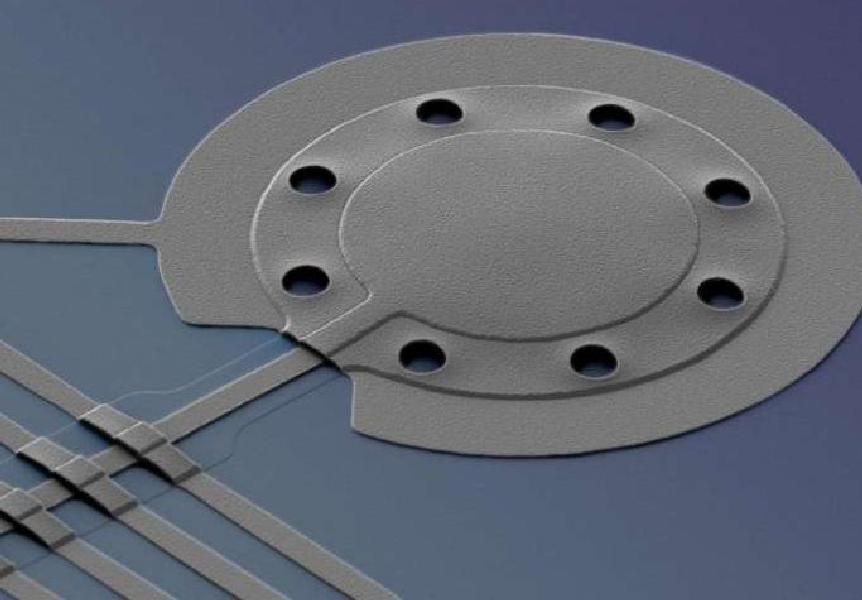
International Scientists Develop 1000-Watt High Peak Super Power Laser
The importance and employment of laser in the current technological advancing generation are immense. But what if the standard variation of laser upgrades with more capability and competence? Recently, a team of international scientists developed a “Super Laser” which is 10 times stronger and intense than of the ordinary lasers.
As mentioned in the new post from a group of Czech and British researchers, the Super Laser is capable of withstanding 1000-watt energy, which is 10 times higher than the standard laser. The scientists have dubbed the high peak super power laser as “Bivoj,” named after a celebrated Herculean-like Czech mythical idol.
Highlighting the development, John Collier, the director of Britain’s Central Laser Facility said, “The invention of this high peak super power laser is nothing less than a world record. With the ordinary lasers, we used to put things on the map, but the newly developed technology is going to bring super-transformations in the application of these highly energetic, extremely intense lasers, across the globe.”
According to Martin Divoky, a senior physicist at HiLASE, the Czech state-owned research center where the laser was invented, “The super laser is 10 times more powerful and intense than its siblings and hence it should be entitled to a world record.”
As mentioned in the new report, Bivoj is different from the existing two biggest HPPLs – the Texas Petawatt Laser in Austin and the two-petawatt Laser for Fast Ignition Experiments (LFEX) in Osaka, Japan. Though these two lasers, with their higher peak powers, are capable of tuning of a billion watts, but they demand much longer time for the recharge. Both lasers lack the so-called ‘average power’ and hence demands the repetition of speed and energy.
The $28-million worth Bivoj, in contrast, flaunts a superior ‘average power’ and is capable of producing high energy outputs. As it is proficient of firing a less-powerful light, it boasts a higher energy output in contrast to the rest two. The commercialization of this new technology is expected to pave advanced paths for the intense engineering purposes, like solidifying metal, as well as strengthening a variety of industrial applications like semiconductor dispensation.


